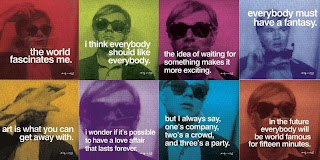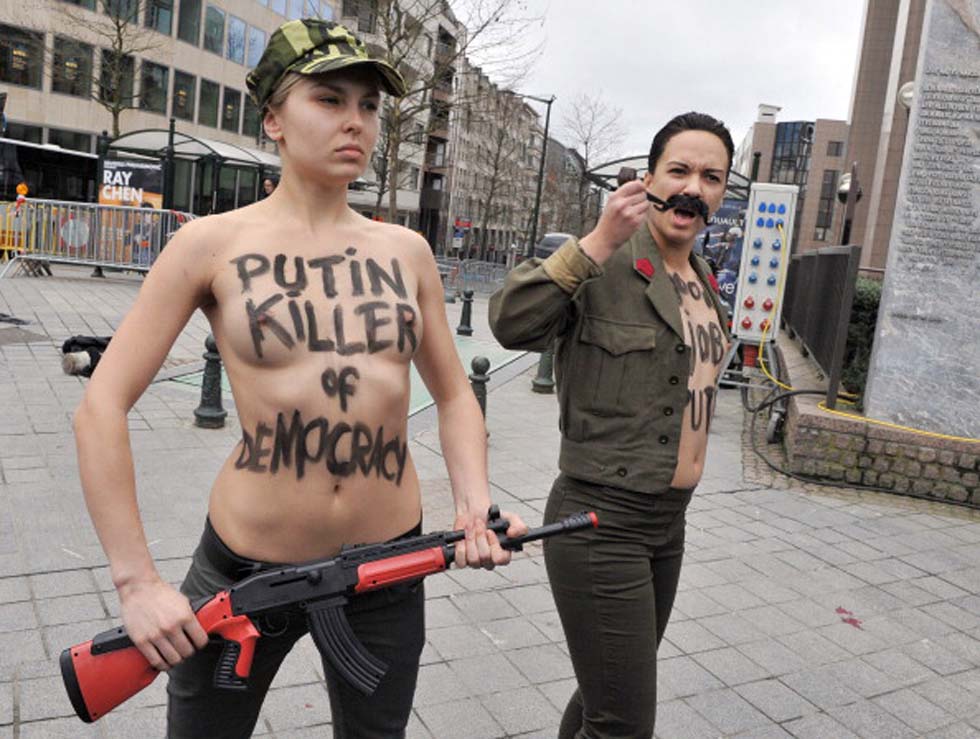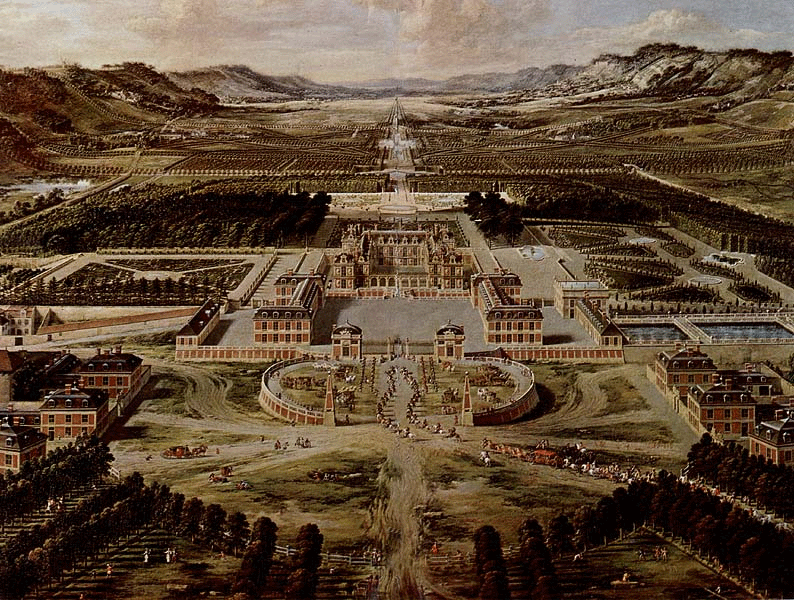Performance art can be demonstrated in many ways and is usually linked to theatre and the fine arts. However, performance has changed since the turn from modern to the post-modern, and artists are thinking of new ways to illustrate their ideas with their bodies. Happenings are loosely scripted shows where the artist controls the reigns and the audience becomes part of the piece. Shoot, by Chris Burden in 1971, is the perfect piece to compare to a Happening because while it was scripted, it did not go as planned.
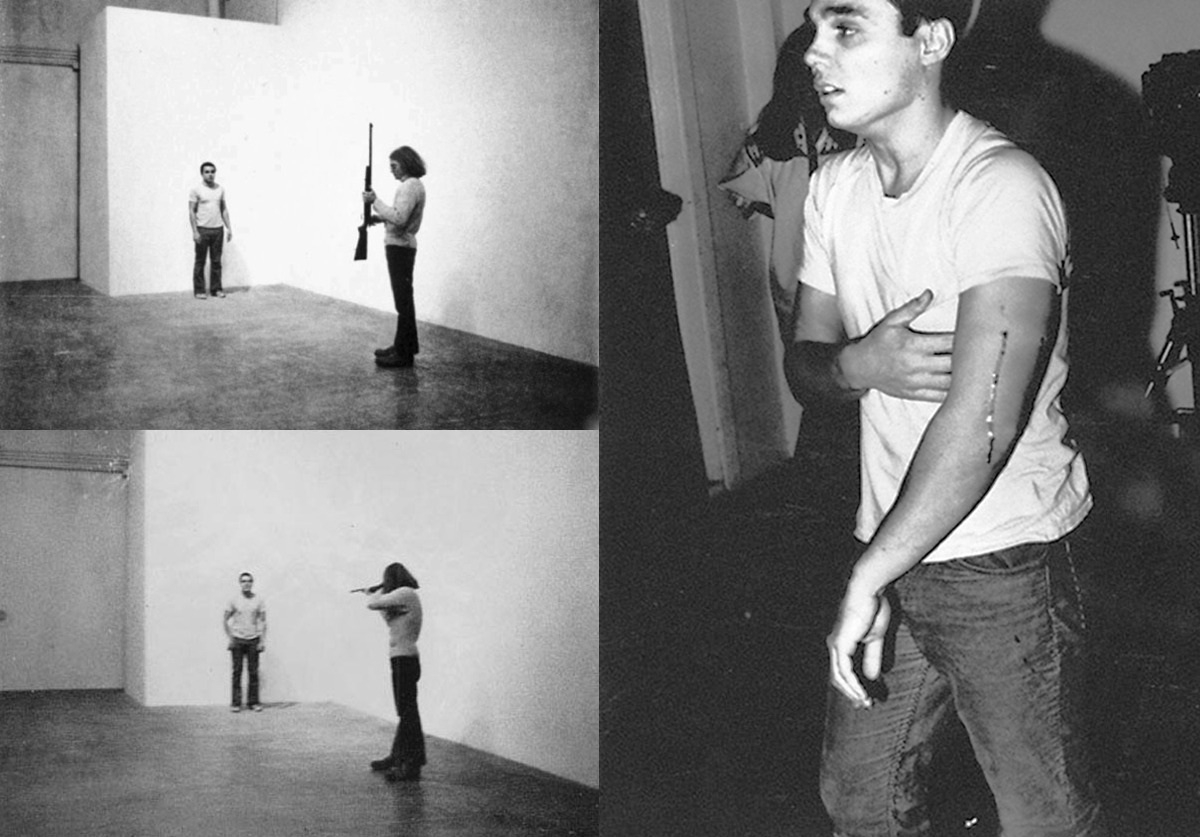
Chris Burden described this performance by saying “At 7:45 p.m. I was shot in the left arm by a friend. The bullet was a copper jacket 22 long rifle. My friend was standing about fifteen feet from me.” In Burden’s plan, the bullet was supposed to merely graze his arm; however, as you can tell from the picture above this was not the case. Burden’s “friend” (who would shoot their friend) aimed too closely and from 15 feet away shot through his arm. This may not be the case as Burden may have flinched when the shot rang out, but honestly either of the two could have easily happened. Taking into context, this was during the later years of the Vietnam War. This was the first war Americans were able to watch on television and one year after draftees destroy their draft cards in Washington, D.C.. Burden is commenting on the Vietnam War. Thousands of young American men were being drafted and being shot at in Vietnam, simply because they weren’t pursuing a higher education. Nonetheless, the American Government was sending people to get shot at.

Now I move to the conflict between Ukraine and Russia and Femen, a feminist group that often go topless or nude into public space and protest religious, political, sexist, national and international topics. These women protest everywhere from political rallies to church courtyards on the Sabbath day. Many are beaten, and arrested, they even staged a kidnapping of a Clergyman (or at least I think it was staged….).
https://www.youtube.com/watch?v=ZbyQorX9IXQ
Now compare this to Shoot. Shoot was scripted, something could have gone wrong (and did), and it had a purpose. When Femen made this video, they had a plan (or script), there were chances for something to go wrong (Police arrest namely), and they had a purpose. The purpose being to comment on the people who go missing in Ukraine simply for being political activists and trying to raise awareness about corrupt government.
Both of these acts are related to the Happenings of New York because of the loosely scripted act and the engagement of the audience. Chris Burden had his friend, a member of the audience, literally shoot him (insane), and Femen kidnapped a Clergyman outside of what seems to be a church in daylight with people around; both these cases show a great importance of audience. While Happenings don’t require the use of the body, performance art is strengthened by the body, creating a human to human connection.


 In The Mathematical Basis of the Arts Joseph Schillinger places art into five zones, each replacing the other:
In The Mathematical Basis of the Arts Joseph Schillinger places art into five zones, each replacing the other:


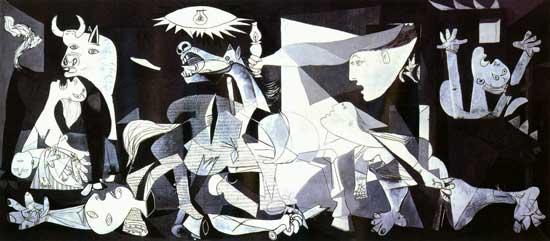
 Postmodernism also brought about artists like Jackson Pollock and with Pollock art became more of an act than a final piece; thats not to say his works aren’t worth thousands of dollars. With the rise of Jackson Pollock’s popularity came what is known as abstract expressionism. Pollock said his paintings were not made to beautiful, but he made them to express how he was feeling, and this expression was the art. Furthermore when looking at the concept of “art for art’s sake” which was brought up by Greenberg and was aimed at taking the context out of art and straying as far away from it as possible and tying it back to postmodernism there is a simple link. This goes back to the idea of postmodernist art breaking down modernist art by not looking at the final piece, but at the artist and the extension of the artist into the work or the artist making the work an extension of themselves.
Postmodernism also brought about artists like Jackson Pollock and with Pollock art became more of an act than a final piece; thats not to say his works aren’t worth thousands of dollars. With the rise of Jackson Pollock’s popularity came what is known as abstract expressionism. Pollock said his paintings were not made to beautiful, but he made them to express how he was feeling, and this expression was the art. Furthermore when looking at the concept of “art for art’s sake” which was brought up by Greenberg and was aimed at taking the context out of art and straying as far away from it as possible and tying it back to postmodernism there is a simple link. This goes back to the idea of postmodernist art breaking down modernist art by not looking at the final piece, but at the artist and the extension of the artist into the work or the artist making the work an extension of themselves.